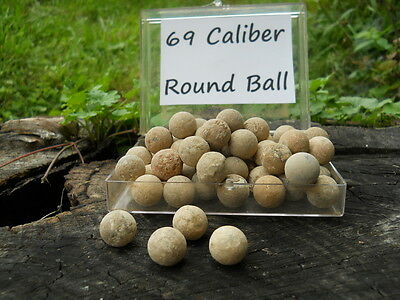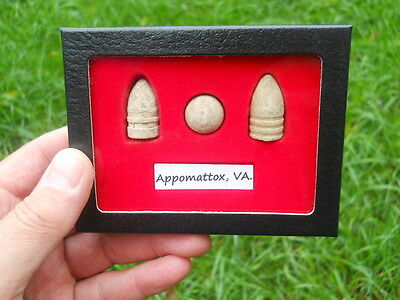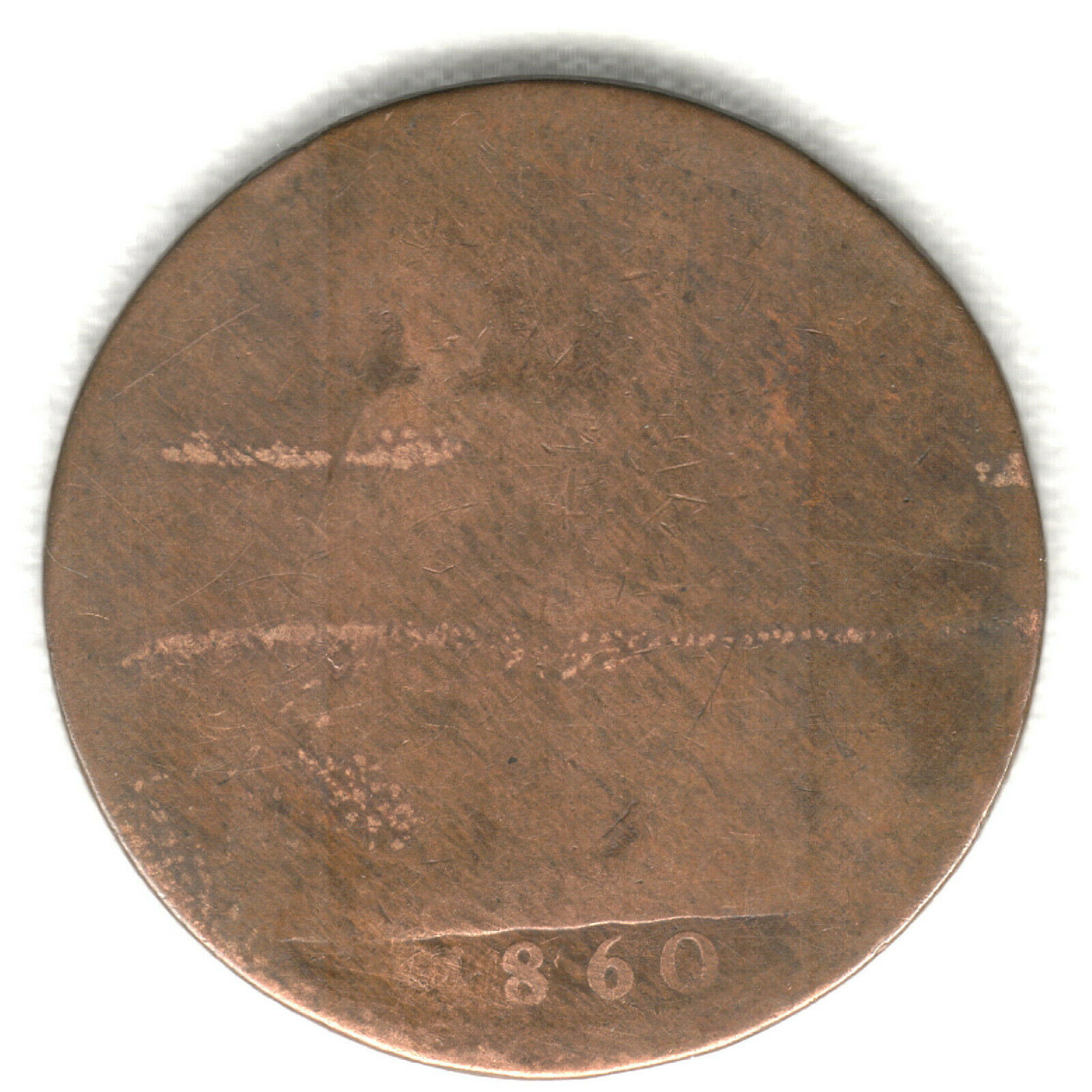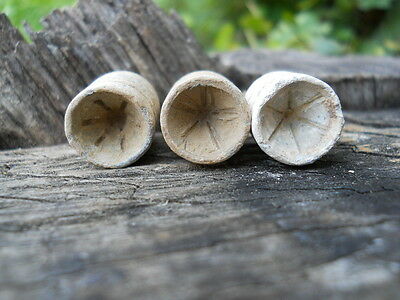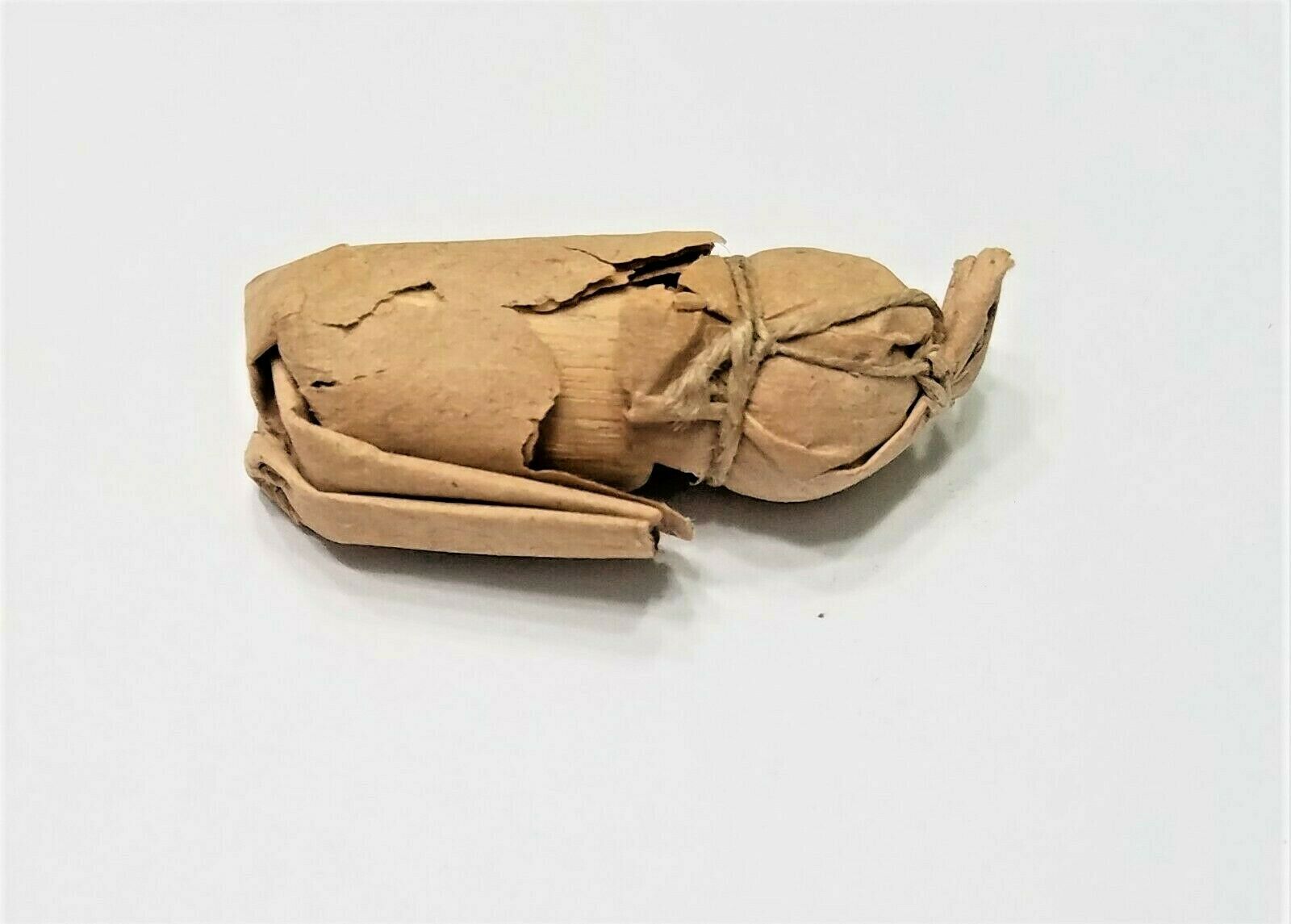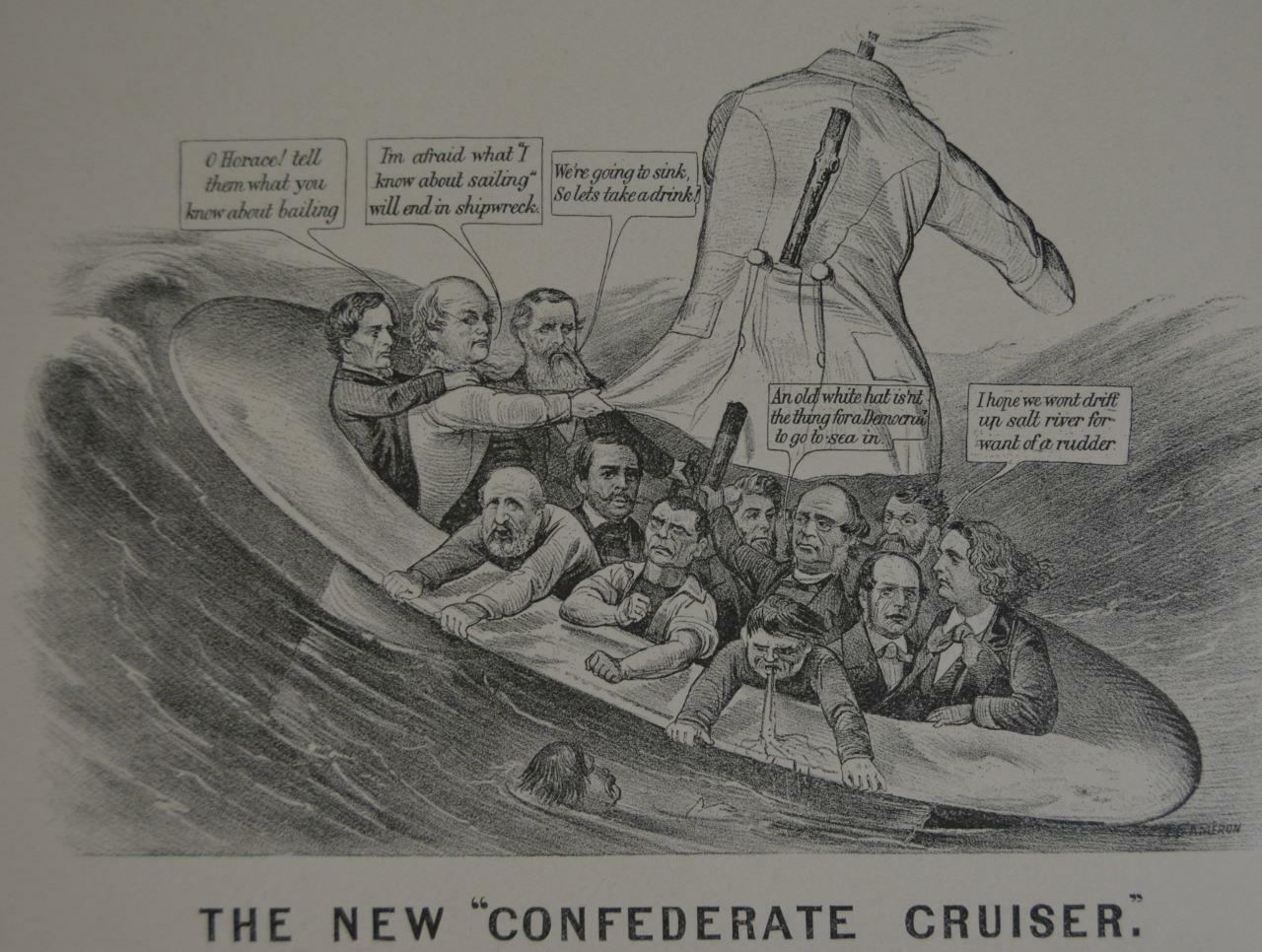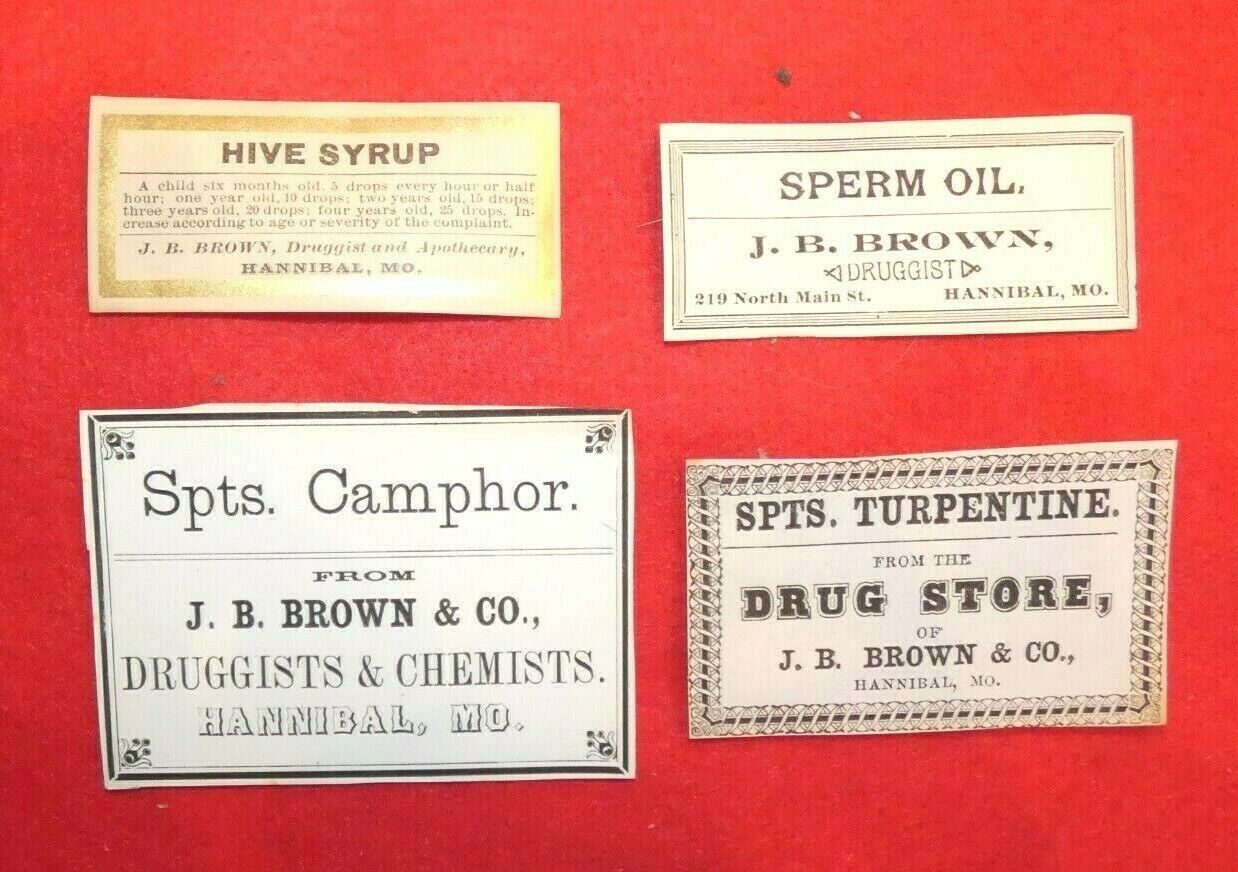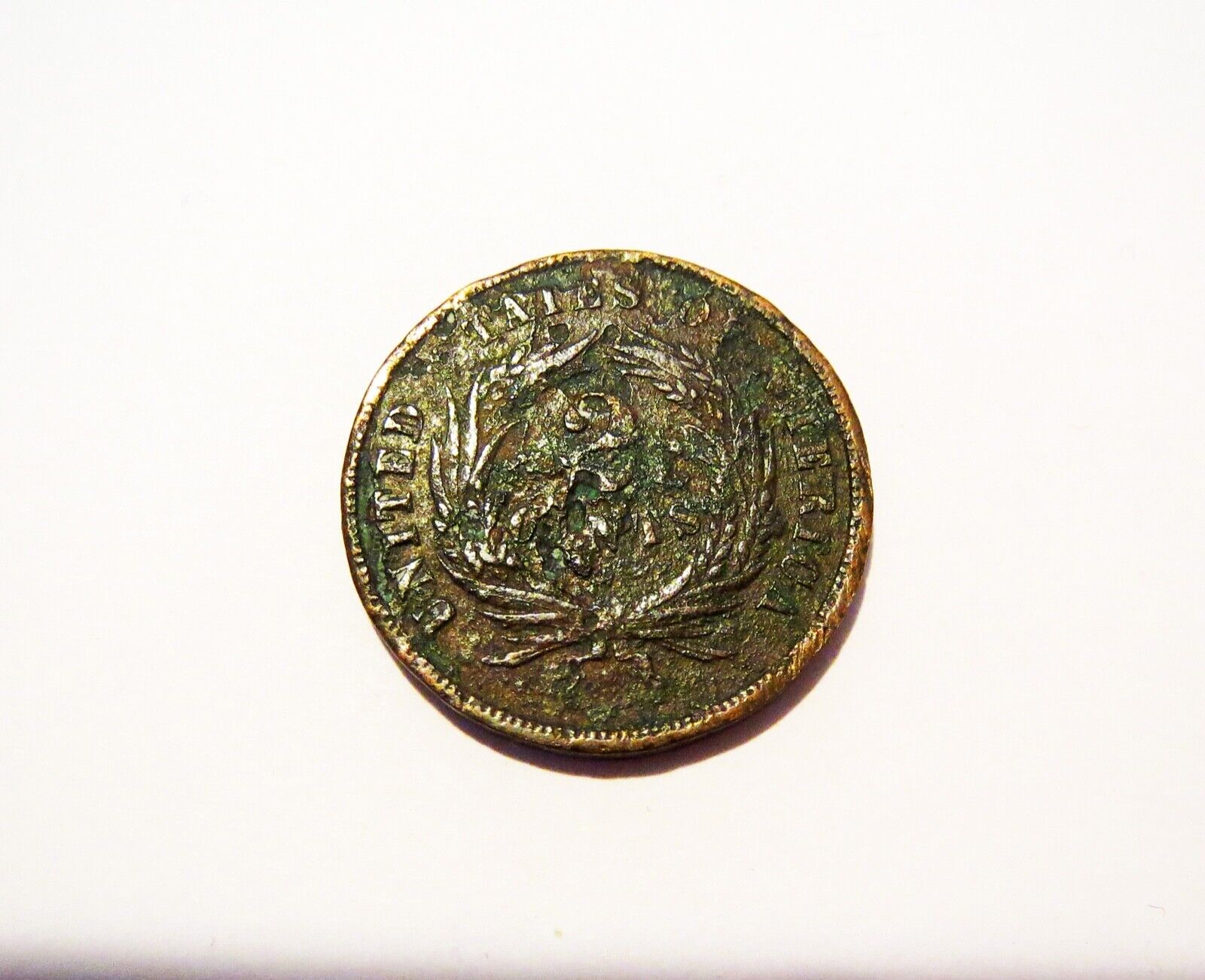-40%
Dug Civil War Large Cooking Spoon Bowl 1863 Battle of Stirling's Plantation LA
$ 1.84
- Description
- Size Guide
Description
Dug Civil War Large Cooking Spoon Bowl 1863 Battle of Stirling's Plantation Louisiana! Condition is "Used". Shipped with USPS First Class. I can combine shipping on two or more items!A nice Dug Civil War Era Large Cooking Spoon Bowl found at the 1863 Battle of Stirling's Plantation Louisiana! Excavated back in the late 80s by my dad and a couple of his relic hunting friends!
These artifacts have been in my dad's personal collection of Civil War relics he dug over the last 60 years and I hate to get rid of them but it's time to downsize his relic room!
Both soldiers of the North and South would "pillage" for supplies and food! Often these fancy high society items would be liberated from home owners in the process of foraging for supplies!
My Pops did electrolysis on it back in the day to preserve it for future generations!
All artifacts are 100% guaranteed authentic recovered on private property with land owners permission!
The Battle of Stirling's Plantation (also known as the Battle of Fordoche Bridge) was anAmerican Civil War battle took place on September 29, 1863 in Pointe Coupee Parish, Louisiana.
On the morning of the 29th Mouton's and Speight's brigades were sent by a trail through the woods and swamps that intersected the Opelousas road about two miles north of the Stirling plantation. Mouton was to remain in this position to block any relief force that might be sent from Morganza, and Speight's brigade would launch the primary attack on Leakes right and rear.
The balance of the Confederate cavalry marched via the road toward the Fordoche Bridge near the Norwood house. Arriving there around 11:00a.m. and commenced skirmishing with the Federal cavalry pickets at the Fordoche bridge. After about a half hour, sounds of firing was heard to the north at the Stirling farm.
Just before noon, a shot was heard from the picket post north of camp at Stirling's, and then a number more shots were heard from the cane fields to the north and east of the house. Mouton had begun his attack. Leake ordered the artillery up the road and in position at the gap in the levee to fire across the cane fields. The 19th Iowa was ordered to a fence running east to west behind the house and commence firing. The 26th Indiana was then posted to the left of the 19th, facing west, and ordered to fire obliquely to the right.
For some reason, the artillery had not made it to the gap in the levee and were being moved by hand among the outbuildings behind the house, where they were totally useless. Leake had available only 450 infantry, as so many were on picket. Both the 19th and 26th were pushed back from their position through the Stirling buildings, and took up a position on the levee, now facing east, with the levee serving as an excellent breastwork. The Confederates were an overwhelming force, and initially attempted to turn the right of the 19th. The 26th was pulled out and placed on the 19ths right, with the 26th now facing south. Seeing the change in front, the Confederates now moved to their right and poured through the gap in the levee, attempting to turn the left flank of the 19th.
The weather was hot and the men were spent. Leake had been shot in his foot, unhorsed and captured, and due to the confusion, no other officer assumed command. Meanwhile, the Confederate cavalry had completely routed the federal cavalry to the south near the Norwood farm. The Federal cavalry streamed away toward Morganza with such rapidity that none of them were captured.
The routed cavalry passed to the east of the Stirling plantation and the fight raging there. The infantry at Stirling's were so involved with their own fight that they were not aware of what had happened to their cavalry. Most of Green's cavalry were clothed in Union uniforms that had been captured at Brashear City three months before. With the flight of the Union cavalry, Green advanced his column up the road from Norwoods to the Sterling plantation. The Union infantry observed the advancing column and supposed them to be the 6th Missouri. Not until they were fired upon did the Union infantry realize that this was Green's cavalry coming in on their other flank. Vastly outnumbered, leaderless, and assailed from all sides, the Federals surrendered piecemeal.






